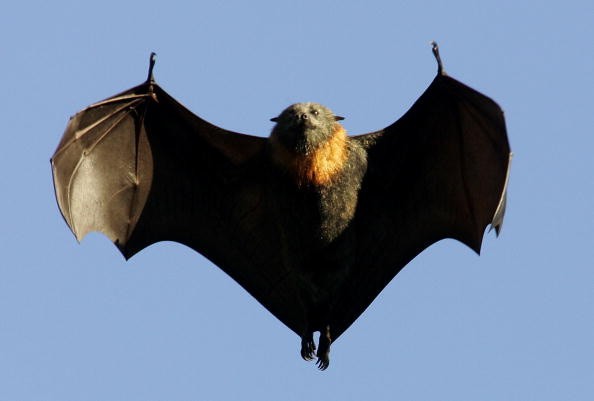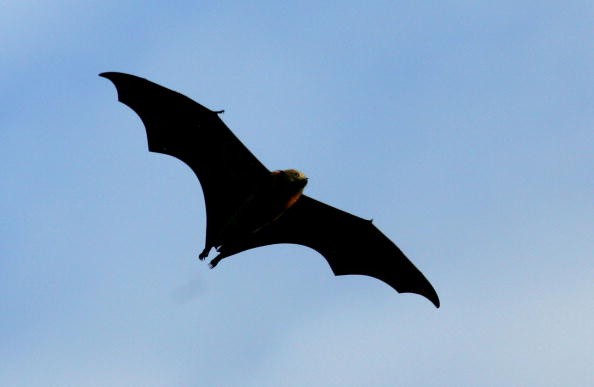According to a recent study led by the U.S. Geological Survey, the risk of scientists passing coronavirus to North American bats during winter research is low. Researchers discover the overall risk to be 1 in 1,000 if there are no protective measures taken, and the risk decrease to 1 in 3,333 or less, with the right use of personal protective equipment or if researchers test negative for coronavirus before starting the research.

Potential Transfer of SARS-CoV-2
The research looked specifically at the potential transfer of SARS-CoV-2, which is the kind of coronavirus that brings about COVID-19, from humans to bats. Researchers did not survey potential transmission from bats to humans.
USGS scientist Evan Grant, an author of the new rapid risk assessment said: "This is a small number, but the outcome of human-to-bat transmission of coronavirus are potentially very large, the virus has not yet been discovered in North American bats, but if introduced, it could cause illness and even death, which may endanger long-term conservation of bat.
It could also constitute a source for new infection and exposure in humans."These are difficult risks for managers of wildlife and other decision-makers to measure as they contemplate on whether and how to permit scientists to study bats in their winter colonies," Evan continued.
Also Read : Saving Bats From Wind Turbine Death
White-nose Syndrome
Bats issue natural services that people value; for instance, former USGS studies discovered that bats save the U.S. agriculture industry over $3 billion every year by feeding on pests that destroy crops, decreasing the need for pesticides.
Yet they are often inappropriately portrayed as frightening creatures at Halloween and in horror movies. They are also under threat from white-nose syndrome, a disease that has lead to the death of millions of bats in North America.
The origin of SARS-CoV-2 is not verified, but studies show the virus likely came from similar viruses discovered in bats in the Eastern Hemisphere.The quick risk assessment held by the USGS and U.S. Fish and Wildlife Service concentrated on the winter season, when some wildlife researchers organize field work that may need close contact with or handling of the animals directly.

Risk of Transmission to North American Bats
This involves research on white-nose syndrome and population studies that encourage Endangered Species Act decisions. USGS scientist Michael Runge, another author on the new assessment said that If scientists put on protective equipment, especially masks that are properly fitted with high filtration efficiency, or test negative for COVID-19 before performing the research, they greatly decrease the risk of transmission to North American bats.
Three bat species, free-tailed bats, tiny brown bats, and enormous brown bats were included in the analysis. They were picked because they possess physical and behavioral differences and are typical of the type of bats surveyed in winter. Researchers thought about different ways the virus could be transmitted between humans and bats, with airborne transmission as the major pathway.
Related Article : Amazing Discovery: Never-Before-Seen Black and Orange Bat Species Found in West Africa
For more news, updates about bats and similar topics don't forget to follow Nature World News!
© 2025 NatureWorldNews.com All rights reserved. Do not reproduce without permission.





